Cat Flea Tick Control Tips for a Healthy and Happy Pet
Cat flea tick control is a vital part of keeping your feline friend healthy and comfortable. These tiny parasites can cause itching, skin inflammation, and even anemia in severe cases. Worse, they can transmit diseases to both pets and humans. Understanding flea and tick control for cats is the first step toward preventing these problems.
Why Cat Flea Tick Control Matters
Fleas and ticks feed on your cat’s blood, which can lead to redness, hair loss, scabs, and allergic dermatitis. In kittens or weaker cats, severe infestations can cause anemia, impacting growth and overall health. Fleas are also carriers of illnesses like Bartonella, posing risks to humans and other pets. This is why cat flea treatment is so important.

Home Flea Remedies for Cats
Natural remedies can be helpful in mild cases. For example, mix lemon juice with warm water (1:1 ratio) and spray it on your cat’s coat—the acidity repels fleas. Apple cider vinegar diluted with water (1:3 ratio) can be sprayed on the fur or added to drinking water to aid both internal and external flea control. Boiled rosemary water for baths is another gentle option. These home flea remedies for cats may help, but they might not remove all flea eggs or larvae, so combining them with professional solutions is wise.
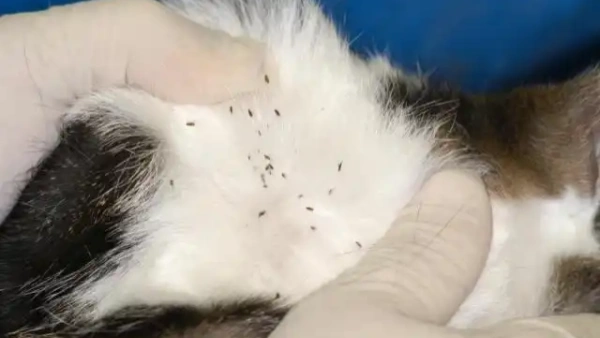
Physical Cleaning and Environment Care
Daily combing with a flea comb removes adult fleas and ticks, while vacuuming floors, sofas, and corners helps reduce hiding spots. Learn how to get rid of fleas on cats effectively by combining grooming and cleaning with preventive measures.
Professional Flea and Tick Control Products
When infestations are more serious, professional cat flea tick control products are necessary. Popular options include Revolution (selamectin), which is safe for kittens over six weeks and works against fleas, ticks, and ear mites; Frontline (fipronil), effective against all life stages of fleas and ideal for outdoor cats; and Broadline, which covers internal and external parasites like roundworms and hookworms.
Choosing the Safest Flea and Tick Control for Cats
Safety is key. Products like Revolution are gentle and low in side effects, making them a top choice for many owners. Advocate and other safest flea and tick control for cats products offer broad protection with minimal skin irritation. If you’re unsure, check how to tell if cat has fleas before starting treatment.

Prevention Through Regular Care
For effective flea & tick control for cats, combine regular treatment with home hygiene. Outdoor cats may need monthly prevention, while indoor cats can be treated every three months. Wash bedding and toys often, spray insecticide in corners, and keep your home dry and ventilated to discourage parasite breeding. You can also check out flea and tick prevention for cats for more preventive strategies.
Conclusion
Cat flea tick control requires consistent effort and a mix of strategies—from natural remedies to professional treatments. By staying proactive and maintaining a clean home environment, you’ll protect your cat’s health and comfort. Start implementing these tips today and enjoy the peace of mind that comes with a parasite-free pet.
Everything Our Vets Recommend
FAQ
Q: Do home flea remedies for cats really work?
A: They can help reduce flea problems but may not eliminate eggs and larvae. For best results, combine them with professional treatments.
Q: How do I choose the safest flea and tick control for my cat?
A: Consider your cat’s age, weight, health, and the product’s active ingredients. Kittens may need gentler options like Revolution, while outdoor cats may benefit from broad-spectrum products like Frontline.
Q: What regular steps help prevent fleas and ticks on cats?
A: Use preventive treatments on schedule, keep the home clean, check your cat’s skin regularly, and avoid contact with stray animals.
You May Like:
- Flea Spray for Kittens: Best Options and Vet Advice 2025
- How Long Does Flea Medication Take to Work? Updated 2025 Tips
- Natural Flea Control for Cats: A Simple Guide for Pet Parents
- Best Chewable Flea and Tick for Cats: Hidden Risks to Know
User Comments
Does flea treatment kill ear mites too?
Can dogs take human probiotics?
Can dogs have people probiotics safely?
Related Articles
View all
How Often Flea Treatment Cat? Most Owners Get This Wrong

How to Apply Flea Medicine on Cats: Beginner’s Guide

Best Cat Flea Spray for Cats in 2025: Vet Approved

Where to Put Flea Treatment on Cat: Updated 2025 Guide

How Often Flea Treatment Cat? Most Owners Get This Wrong

How to Apply Flea Medicine on Cats: Beginner’s Guide

Best Cat Flea Spray for Cats in 2025: Vet Approved

Where to Put Flea Treatment on Cat: Updated 2025 Guide
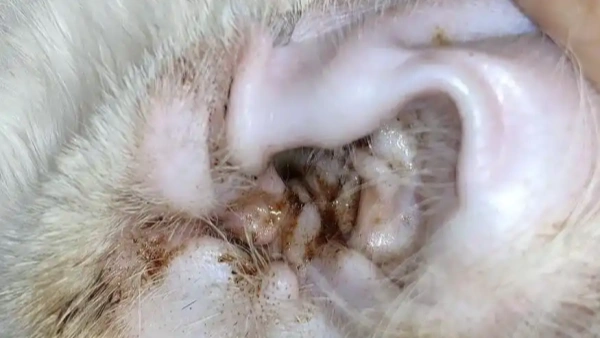
Best Flea and Ear Mite Treatment for Cats (2025 Review)

Safest Flea Prevention for Cats: A Complete 2025 Owner’s Guide

Flea Spray for Kittens: Best Options and Vet Advice 2025

Fleas on Newborn Kittens: Complete Treatment and Prevention


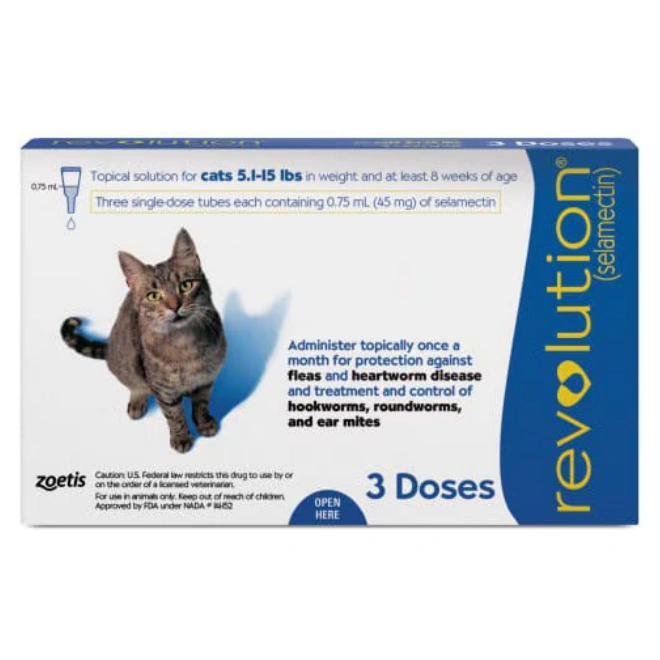
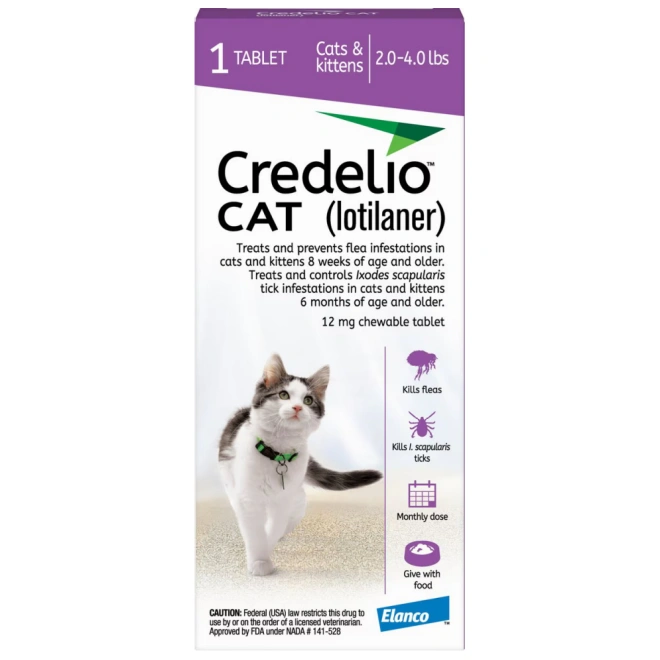
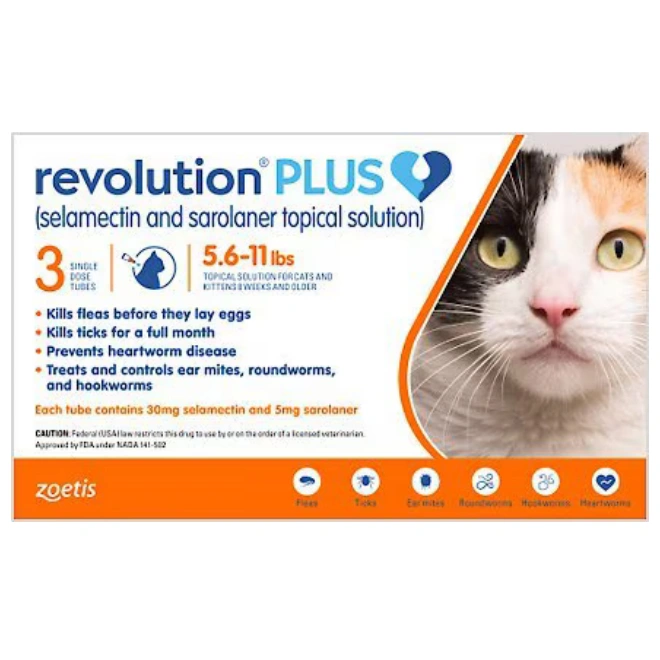
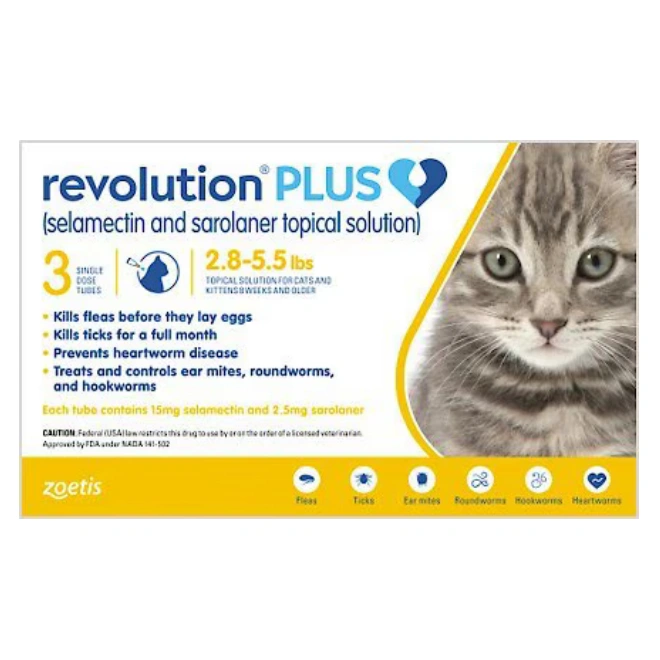








Leave a Reply